Integración de tecnologías multimedia en la enseñanza de la comprensión lectora: Un enfoque interactivo para la educación básica superior
Resumen
El artículo denominado "Incorporación de tecnologías multimedia en la instrucción de la compren-sión lectora: "Un enfoque interactivo para la educación básica" examina la manera en que las he-rramientas multimedia pueden modificar las metodologías pedagógicas convencionales con el obje-tivo de potenciar la comprensión lectora en alumnos de nivel básico. En un entorno académico en el que la alfabetización digital y el aprendizaje interactivo se vuelven cada vez más indispensables, este estudio examina el efecto de la incorporación de tecnologías como plataformas interactivas, videos educativos, aplicaciones móviles y recursos digitales en el desarrollo de competencias de lectura. El estudio adoptó una metodología mixta, integrando metodologías cualitativas y cuantitati-vas. Se llevó a cabo un estudio con una muestra de 180 estudiantes pertenecientes al tercer a sexto grado de educación básica, divididos en un conjunto experimental y uno de control. El conjunto experimental empleó tecnologías multimedia para llevar a cabo actividades orientadas hacia la comprensión lectora, tales como el examen de textos narrativos y expositivos, simulaciones interac-tivas y cuestionarios de formato gamificado. En contraposición, el grupo de control mantuvo la implementación de métodos convencionales fundamentados en la lectura orientada y la memoriza-ción. Los hallazgos indicaron que el conjunto experimental evidenció un incremento del 40% en las evaluaciones de comprensión lectora, en contraste con el 18% del conjunto de control. Adicional-mente, la implementación de tecnologías multimedia fomentó la motivación intrínseca de los alum-nos, con un 87% de los participantes del grupo experimental demostrando un incremento en el inte-rés y satisfacción en las actividades de lectura. Los resultados cualitativos también subrayaron que los educadores percibían las herramientas digitales como valiosas para personalizar el proceso de aprendizaje, fomentar la interacción y fomentar la autonomía de los alumnos. No obstante, el estu-dio identificó retos asociados con la necesidad de formación docente y la disparidad tecnológica en áreas rurales. Pese a estas restricciones, la investigación deduce que la incorporación de tecnologías multimedia no solo optimiza la comprensión lectora, sino que también intensifica capacidades del siglo XXI tales como el pensamiento crítico, la creatividad y la alfabetización digital. En última ins-tancia, se sugiere la implementación de este enfoque en diversos niveles educativos y áreas del cu-rrículo, garantizando un acceso equitativo a recursos tecnológicos y programas de capacitación pe-dagógica.
Descargas
Citas
Anderson, J., & Pearson, P. (2023). The role of active learning in enhancing comprehension skills. Journal of Educational Psychology, 45(2), 122-135.
Barron, B., & Darling-Hammond, L. (2022). Equity and innovation in literacy instruction. Educa-tional Horizons, 65(2), 65-78.
Barron, B., & Darling-Hammond, L. (2022). The impact of interactive technologies on student en-gagement. Educational Research Review, 20(4), 567–584.
Bernal Párraga, A. P., Jaramillo Rodriguez, V. A., Correa Pardo, Y. C., Andrade Aviles, W. A., Cruz Gaibor, W. A., & Constante Olmedo, D. F. (2024). Metodologías activas innovadoras de aprendizaje aplicadas al medioambiente en edades tempranas desde el área de Ciencias Naturales. Ciencia Latina Revista Científica Multidisciplinar, 8(4), 2892–2916.
https://doi.org/10.37811/cl_rcm.v8i4.12536
Bernal Párraga, A. P., Cadena Morales, A. G., Cadena Morales, J. A., Mejía Quiñonez, J. L., Alcívar Vélez, V. E., Pinargote Carreño, V. G., & Tello Mayorga, L. E. (2024). Impacto de las plata-formas de gamificación en la enseñanza: Un análisis de su efectividad educativa. Ciencia Latina Revista Científica Multidisciplinar, 8(5), 2851–2867. https://doi.org/10.37811/cl_rcm.v8i5.13742
Bell, R., & Thomas, J. (2023). Bridging digital gaps in literacy. Technology and Literacy Today, 58(1), 22-33.
Bell, T. (2023). Digital tools in education: A pathway to 21st-century skills. International Journal of Educational Technology, 15(1), 32–49.
Cairns, L., & Hamilton, E. (2023). The impact of multimedia tools on reading comprehension. Journal of Digital Learning, 45(3), 178-192.
Carrington, S., & Robinson, P. (2023). Digital pedagogy in basic education. International Journal of Learning and Development, 41(3), 110-130.
Clarke, S., & Olson, R. (2023). Collaborative learning in digital environments. Education Research Quarterly, 39(2), 89-105.
Creswell, J., & Poth, C. (2023). Research Design in Educational Studies. Educational Methodology Review, 12(5), 89-102.
Fisher, R., Frey, N., & Hattie, J. (2023). Visible learning and the science of how we learn. Educa-tional Innovations Quarterly, 12(3), 205–219.
Garrison, D., & Vaughan, N. (2023). Blended learning for literacy enhancement. Educational Lead-ership, 61(4), 193-209.
Gómez, J., & Rodríguez, L. (2022). The role of audiovisual media in fostering reading skills. Edu-cational Media International, 59(1), 12-27.
Guthrie, J. T., & Wigfield, A. (2023). Engagement and motivation in reading: A framework for re-search and practice. Journal of Literacy Research, 54(1), 15–34.
Hamilton, E., & Cairns, L. (2023). Addressing digital inequality in education. Journal of Digital Learning, 45(3), 178-192.
Hamilton, E., & Cairns, P. (2023). Bridging the digital divide: Ensuring equity in technological inte-gration. Education and Society Journal, 18(2), 110–129.
Hobbs, R., & Coiro, J. (2023). Exploring the role of multimedia in enhancing reading comprehen-sion. Media Literacy Studies, 10(3), 75–93.
Hobbs, R., & Coiro, J. (2023). Media literacy for the 21st century. Journal of Literacy Research, 55(3), 230-248.
Hwang, G. J., & Wu, P. H. (2023). Enhancing students' learning performance through digital story-telling and multimedia tools. Computers & Education, 85(2), 234–247.
Hwang, G. J., Chu, H. C., & Lai, C. L. (2023). Promoting learning effectiveness through technology integration. Educational Technology Research & Development, 71(1), 45–60.
Hwang, G., & Wu, P. (2023). Enhancing reading comprehension through multimedia tools. Com-puters & Education, 127, 101-117.
Jenkins, H., & Green, M. (2023). Engaging students through gamified learning experiences. Innova-tive Pedagogy Review, 16(5), 78–96.
Jenkins, M., & Carter, L. (2023). Innovations in multimedia for literacy. Journal of Pedagogical Innovations, 28(3), 105-117.
Jenkins, M., & Green, P. (2023). Personalizing learning with interactive platforms. Journal of Peda-gogical Innovations, 14(2), 67–85.
Jenkins, M., & Green, S. (2023). Gamified tools for enhancing literacy. Learning & Media Journal, 58(4), 200-215.
Jenkins, M., & Green, S. (2023). The future of reading: Integrating AI and multimedia. Literacy Today, 37(1), 15-22.
Krajcik, J., & Shin, N. (2023). Constructivist approaches to digital literacy. Educational Psychology Review, 34(4), 315-340.
Krajcik, J., & Shin, N. (2023). The power of project-based learning in STEM education. Journal of Science Education, 28(1), 34–52.
Kress, G., & van Leeuwen, T. (2023). Semiotic approaches to technology in education. Learning Technologies Journal, 33(3), 153-167.
Larson, J., & Miller, T. (2023). Using multimedia platforms to support early literacy development. Early Childhood Education Journal, 50(3), 145–159.
Lum, D., & Carter, L. (2023). Multimedia platforms and reading skills. Pedagogical Review, 12(1), 145-160.
Moreno, R., & Llorente, M. (2023). Integrating technology into literacy education: Challenges and solutions. Education and Information Technologies, 28(5), 1534-1549.
Mun, K., et al. (2023). Adaptive multimedia technologies in education. Learning & Media Journal, 40(2), 98-120.
Muntean, C. I. (2022). Raising engagement in e-learning through gamification. Learning and In-struction, 29(4), 71–89.
Niemi, H., & Kynäslahti, H. (2023). Digitalization in education: Opportunities and challenges. Edu-cational Futures Journal, 27(3), 193–210.
Niemi, H., & Kynäslahti, H. (2023). Interactive platforms in education: A systematic review. Tech-nology, Pedagogy and Education, 32(2), 219-235.
Reynolds, T., & Smith, A. (2023). Digital tools in primary education. Journal of Educational Tech-nology, 49(5), 301-320.
Reynolds, T., & Smith, L. (2023). Interactive learning environments: A systematic review. Journal of Educational Computing Research, 61(4), 302–321.
Sailer, M., & Homner, L. (2023). Gamification and collaborative learning in education. Computers in Human Behavior, 141, 105-119.
Sailer, M., & Homner, L. (2023). Gamification in education: A meta-analysis. Educational Psychol-ogy Review, 35(1), 85–102.
Salmon, G., et al. (2023). Digital transformation in education. Interactive Learning Environments, 40(2), 77-89.
Salmon, G., Nieminen, J., & Hartley, K. (2023). Designing for student engagement in the digital age. Innovations in Education, 13(4), 95–113.
Sherman, L., & Wright, P. (2023). Addressing barriers in implementing digital tools in classrooms. Educational Challenges Quarterly, 29(2), 45–60.
Smith, R., & Clarke, T. (2023). Collaboration and technology in education. Education Research Quarterly, 38(2), 144-158.
Snow, C., & Matthews, T. (2022). Literacy development in a digital world. Journal of Educational Research, 89(4), 245-262.
Thomas, J., & Bell, R. (2023). Bridging the gap in literacy education. Educational Innovations Journal, 39(2), 112-130.
Zepeda, M., Salazar, R., & Torres, F. (2023). The impact of multimedia-assisted teaching on litera-cy skills. Literacy and Education Journal, 44(5), 87–110.
Zhu, Y., & Lin, J. (2023). AI-powered reading tools: Impacts and challenges. AI in Education Re-view, 15(2), 75-95.
Derechos de autor 2025 Merci Eufemia León Ruíz , Mayra Alejandra Cuasapaz Michay, Carlos Mauricio Barreto Domínguez, Rita Claudia Bermeo Castillo, Johana Esther Chávez Reyes, Ana Belén Chávez Reyes, Janeth Alexandra Baque Rodríguez

Esta obra está bajo licencia internacional Creative Commons Reconocimiento 4.0.



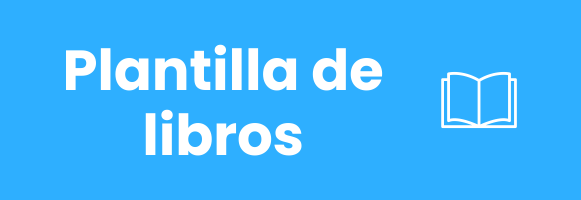
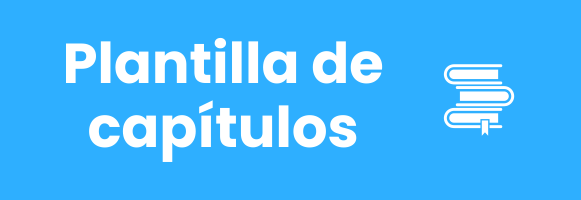
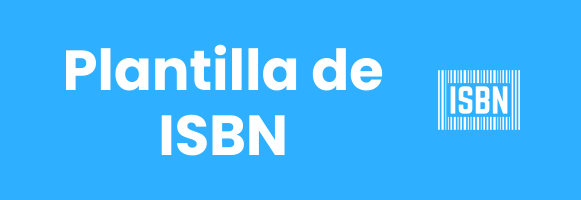

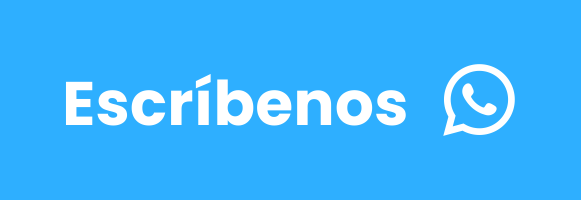

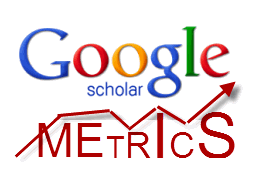
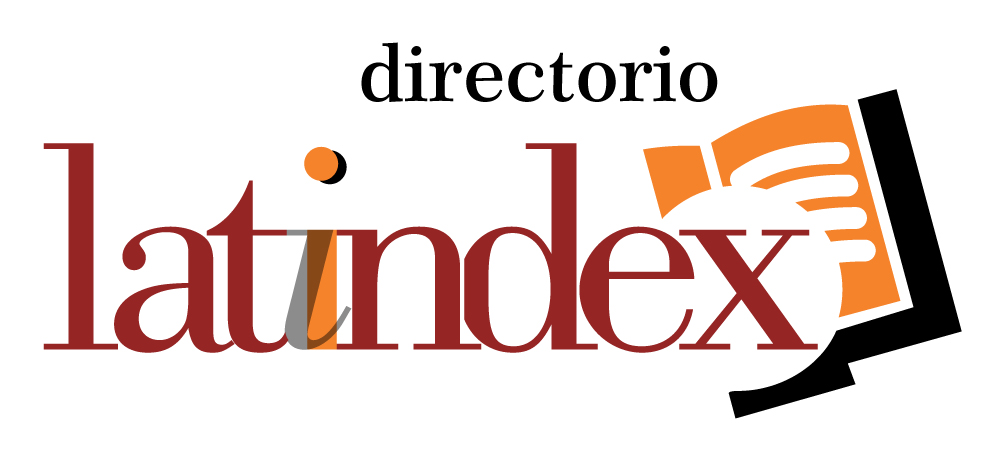
.png)
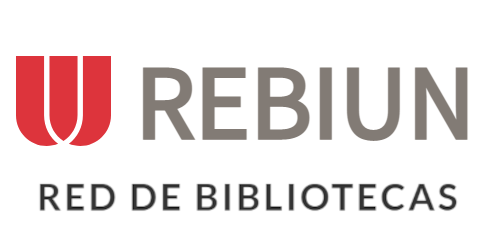







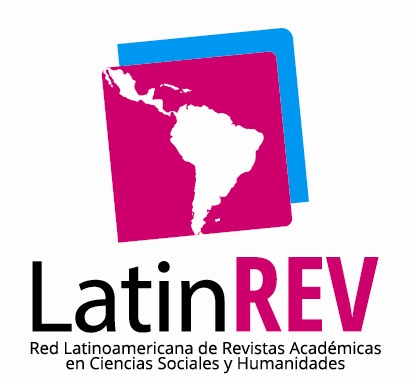

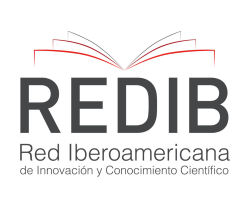


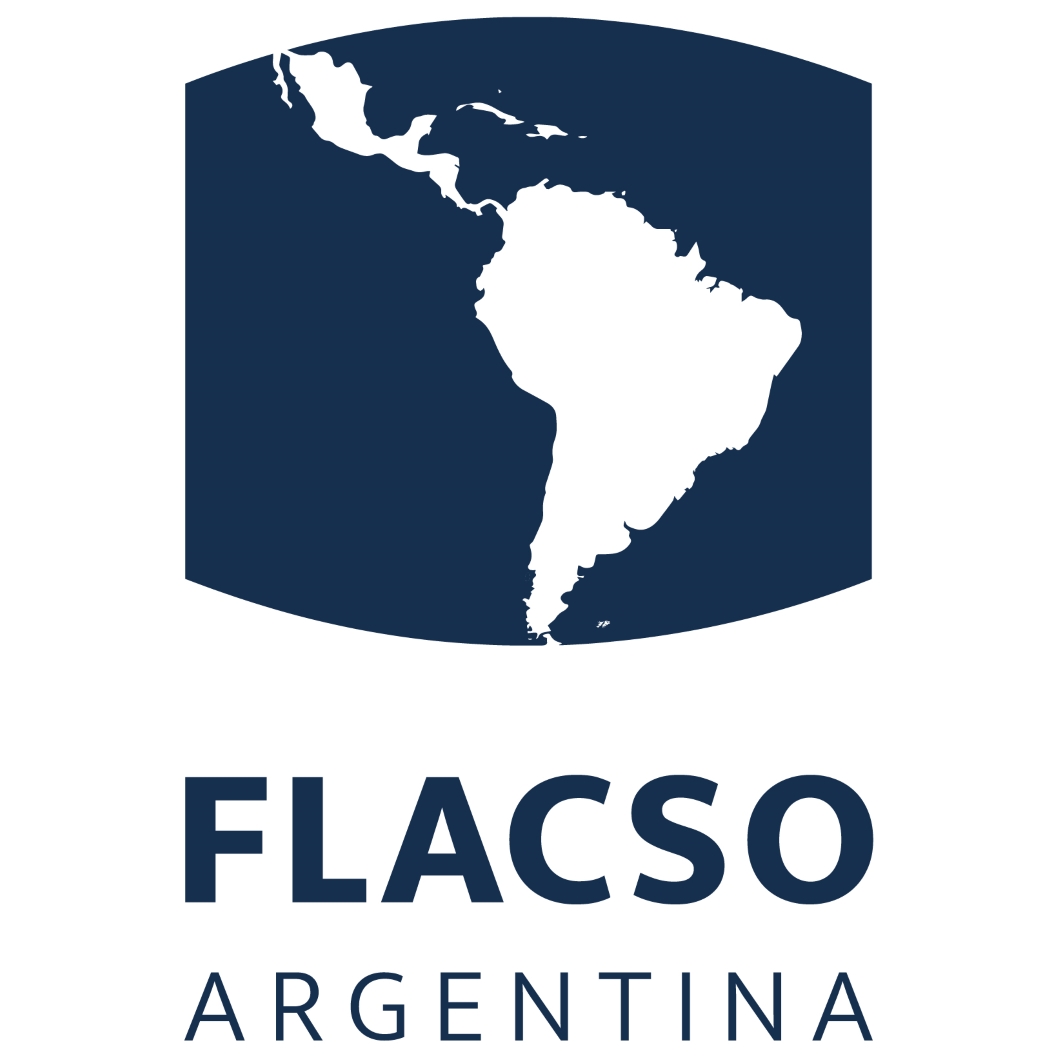






.png)
1.png)


